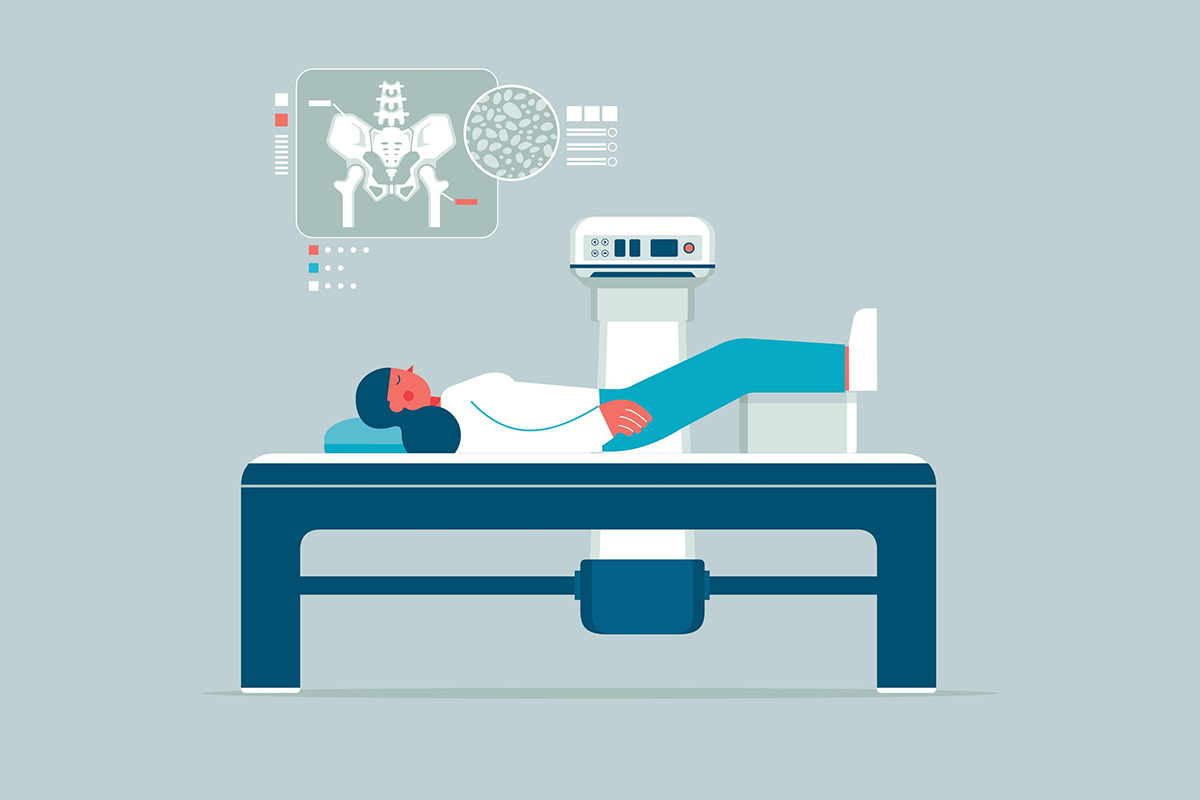As we age, the risk of sarcopenia increases. Sarcopenia is diminishing muscle mass associated with older age. We’re finding out it has less to do with age and much more to do with inadequate high biological value protein intake (primarily animal protein) and lack of exercise—particularly strength training.
We know the myriad benefits of exercise, whether aerobic like running and cycling or anaerobic like strength training and high intensity interval training (HIIT). I regularly dispense exercise prescriptions in addition to medical nutrition therapy for my patients and clients.
As with the revelation that belly fat is not just a fat depot, but an endocrine organ releasing inflammatory cytokines, we’re finding the same with skeletal muscles—that they have endocrine functions primarily around the production of myokines. Myokines are released by muscle fibers and exert endocrine effects capable of beneficial cross-talk with other organs of the body. They mediate communication with other muscles and organs including the brain, liver, gut, pancreas, skin, bone and adipose tissue (body fat stores). While mediating the supply of energy for acute bouts of exercise, myokines are also involved in muscle proliferation and regenerationindependent of exercise.
Myokines beneficially impact cognition, bone formation, skin structure, glucose metabolism, and help to convert white fat into brown, making it more metabolically active. Brain derived neurotrophic factor (BDNF) is a myokine exerting activation of lipid oxidation.
There are anti-inflammatory benefits to exercise. Exercise-induced increases in Interleukin-6 stimulate an anti-inflammatory systemic environment with each bout of exercise and as a consequence of training adaptation—also aiding in the reduction of belly fat.
It is critical that exercise is supported by adequate protein intake in order to build and retain lean body mass—your muscles! This may be as much as 30 grams of protein per meal. Consider an ounce of animal protein typically contains 6-7 grams of protein. You can do the math when planning your meals.
To your health!
Leyla Muedin, MS, RD, CDN







